Basics of Revolving Credit (Credit Cards and More)
Wondering “what is a revolving line of credit”?
Revolving credit is a term for credit cards, lines of credit, home equity lines of credit and other loans where you can borrow money and pay it off again and again over the life of the credit account.
Sort of like a revolving door, it goes around and around.
Credit cards are the most common form of revolving credit, as many of us carry them in our pockets every day. If you don’t know how revolving credit works, or want to level-up your expertise, read this guide.
How does revolving credit work?
So, what is revolving credit and how does it work? Revolving lines of credit give you the flexibility to add to the balance as needed, which is different than how an installment loan would work from a bank or financial institution.
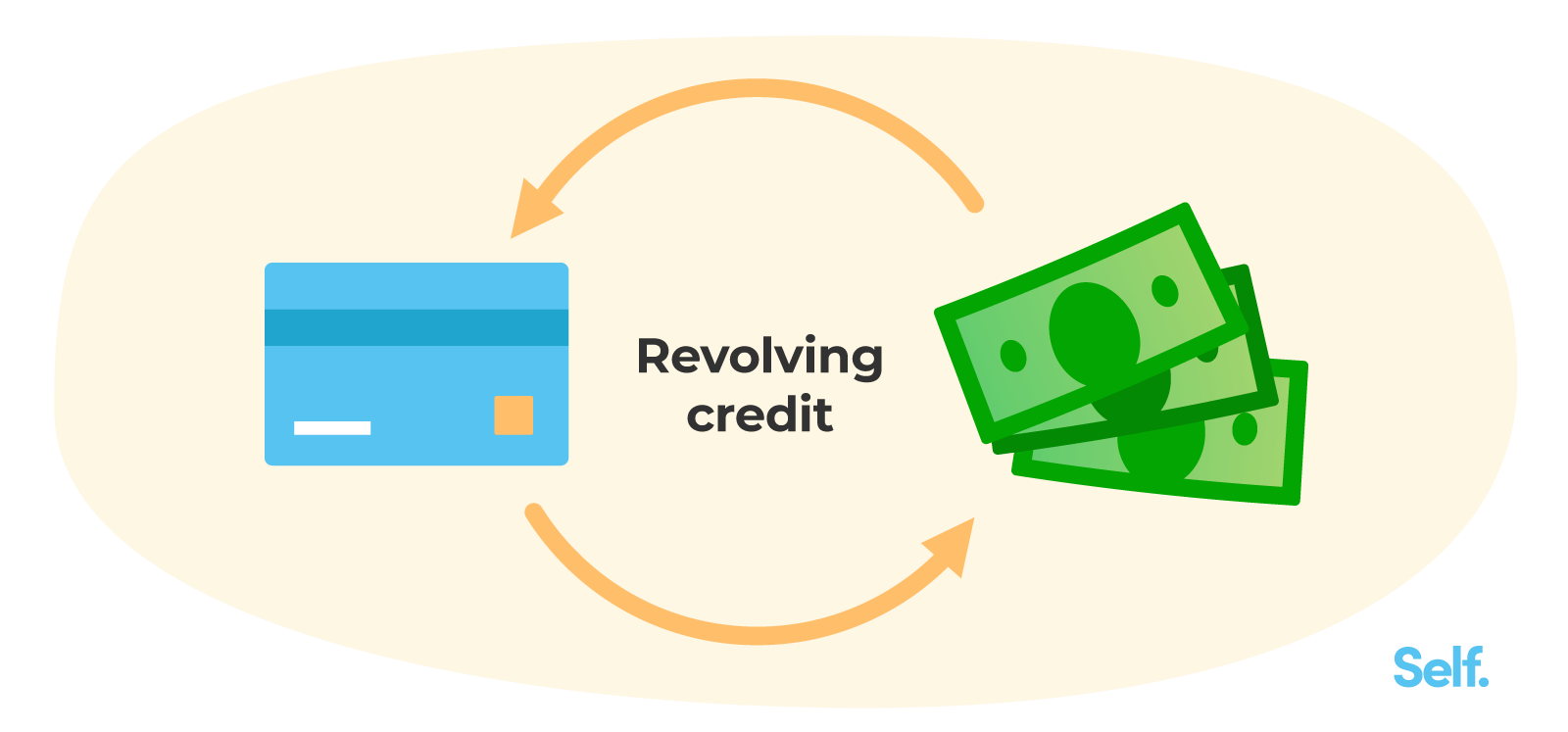
An installment loan, like a car loan or personal loan, comes in a fixed amount with a fixed payment, which are usually monthly payments that are paid to a financial institution or credit union. A revolving loan or a revolving account lets you borrow just the money you need and typically adjusts the minimum payment based on the balance.
Credit cards, the most popular type of revolving credit, start with a $0 balance. Every time you make a purchase with your card, the purchase amount is added to your credit card balance. At the end of the month, your purchases are bundled up into a single balance to calculate your required monthly payment and potential interest charge.
There are a few ways to pay your credit card:
If you pay off the credit card balance in full by the due date, you won’t have to pay any interest. You are required to pay at least the minimum payment or face additional costs and damage to your credit.
If you pay at least the minimum payment but less than the full balance, you will pay interest based on the amount you have not paid off.
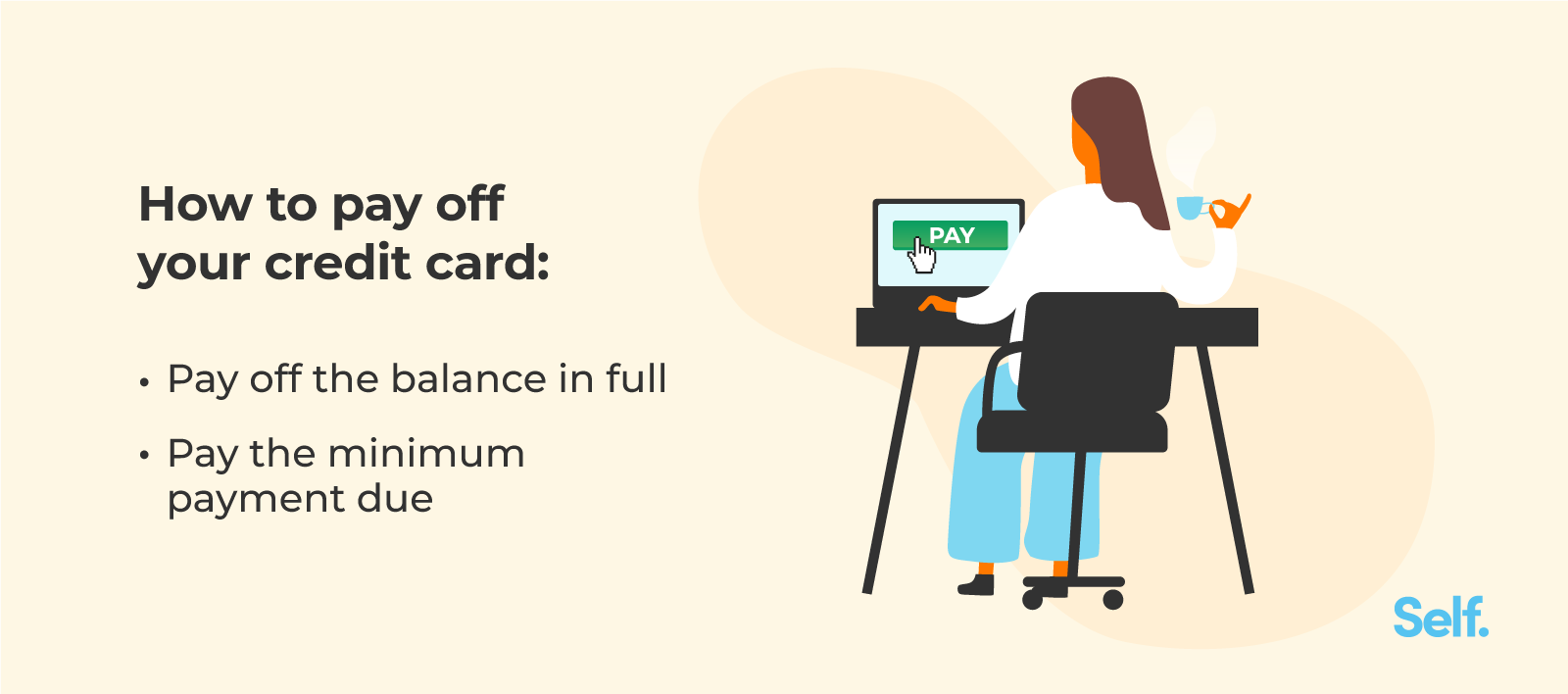
For example, let’s say you make $1,000 in purchases on your card in a month. If you pay off the full $1,000 by the payment due date, you won’t pay interest to the financial institution. If the minimum payment is $100, you have to pay at least that amount. If you pay $500 of the $1,000 balance, you will pay interest on the remaining $500 you borrowed.
You may also have heard of a home equity line of credit (HELOC). While HELOC can look similar to a loan and are secured by the equity in your home, they are actually a revolving line of credit that allows you to borrow money as needed, instead of in a lump sum upfront.
How does revolving credit impact your personal credit score?
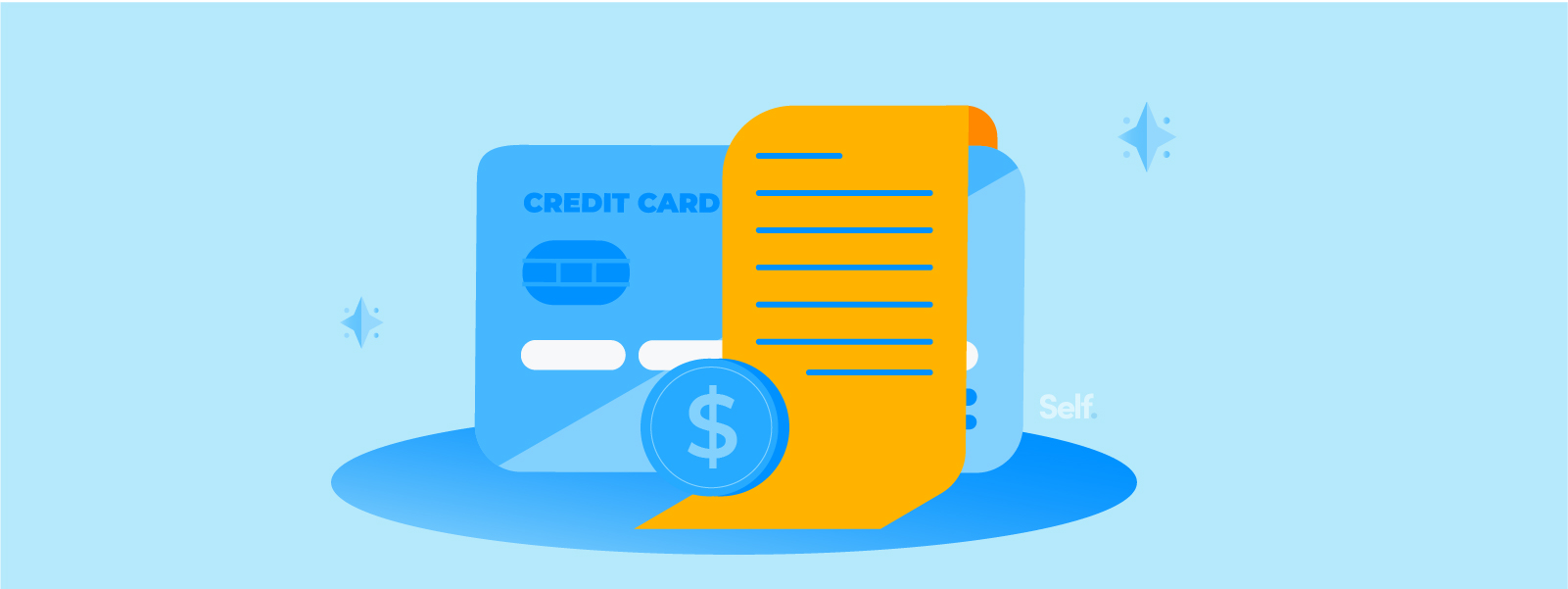
Your credit score is made up of information from your credit report. In most cases, revolving credit accounts are reported to at least one of the three major credit bureaus that track information for your credit report and credit score. Learn how to read a credit report.
If you open a credit card and make at least the minimum payment every month by the due date, your credit card account could help your credit score over time. Keeping your balance low and paying on-time every month are the two biggest things you can do to help your credit score.
Late payments on revolving credit accounts show up on your credit report for up to seven years and hurt your credit score. A high balance relative to your credit limit is also something to avoid.
Many experts suggest keeping your balance at less than 20% to 30% of your total available credit.
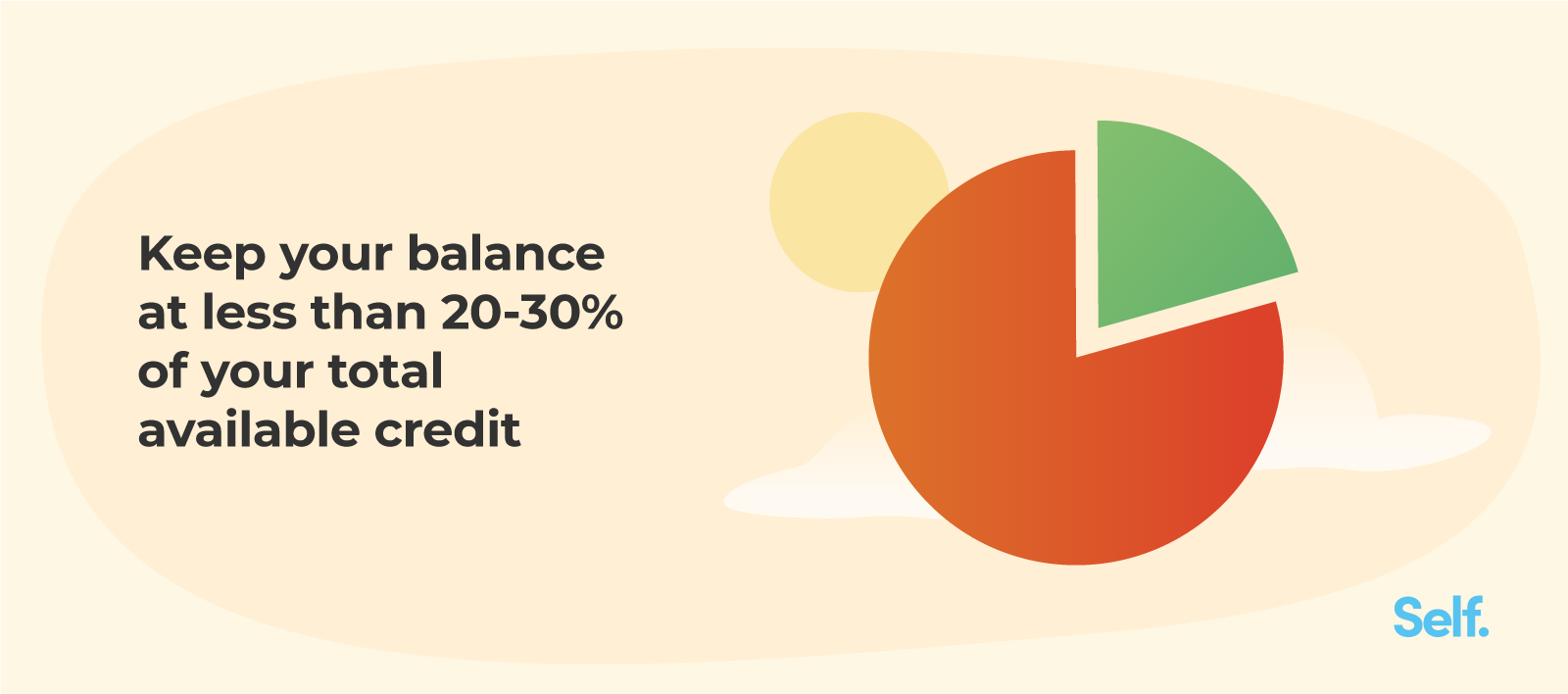
What else should you know before opening a revolving credit account?
When you apply for a new revolving credit account, the lender will most likely check your credit report. If they do, it may leave a “hard inquiry” on your credit report. This type of inquiry is visible to other lenders when you apply for credit for the next two years and temporarily hurts your credit score, but just a little bit.
When you open a new credit account, it also has a temporary negative result for your credit. After the account gets a little older, however, the new account penalty to your credit goes away. If you keep the account in good shape and always pay on time and keep your balance low, it should help your credit in the long-term.
What are some disadvantages of revolving credit?

If managed wisely credit cards are a helpful financial tool. But if you know anyone who has ever struggled with credit card debt, it isn’t always rainbows and unicorns.
It's easy to let your spending get out of control when you have a big credit limit, which can lead to a high amount of credit card debt that’s hard to pay off. While that new TV, pair of shoes, video game console, or fashion accessory may be a "need" in your mind, you should never put any purchase on a credit card that you couldn't afford to pay for in cash.
If your balances rise too much as the borrower, your credit will suffer. If you miss payments, it will hurt your credit score for years. If you spend more than you can afford, you might end up in debt that takes years to pay off.
Revolving credit can be useful for managing your cash flow, protecting yourself with added insurance and purchase protection, and helping you earn valuable cash back or travel rewards. But when you don’t pay close attention, problems start to rear their ugly heads.
What are some common revolving credit terms you should know about?
When it comes to revolving credit terms, there are two big ones you should know about: credit utilization ratio and APR.
While the phrase “credit utilization” sounds intimidating, the concept is simple. Your utilization ratio just means what percent of your credit limit you're using. A lower utilization is better for your credit as the borrower.
APR is short for annual percentage rate. This is the interest rate you pay for a revolving credit account. To calculate your monthly interest, the lender uses the APR to come up with a daily interest rate. That rate is multiplied by the number of days in the month and the balance to get the final interest charge, though the exact calculation can vary depending on the credit card issuer.
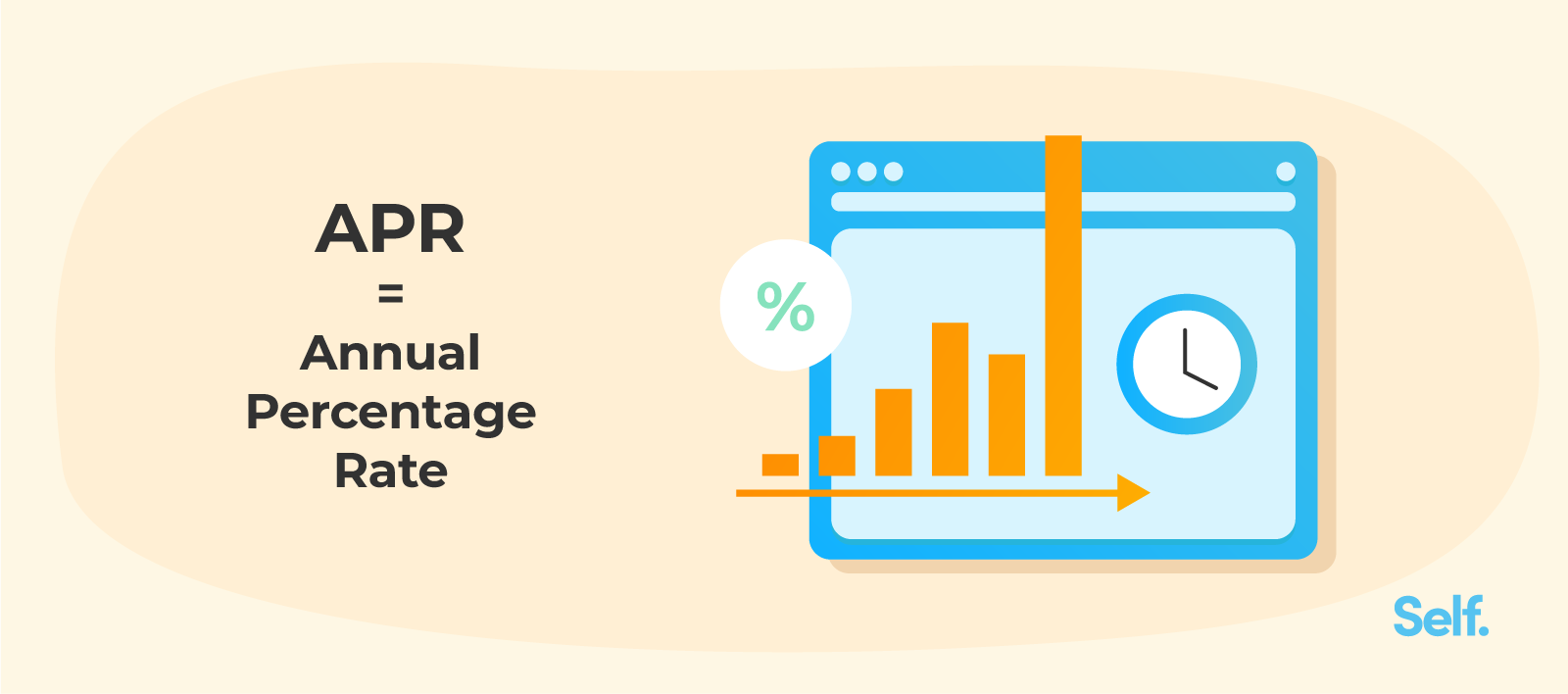
Difference between secured and unsecured revolving credit
Most revolving credit accounts are not secured. That means the lender is willing to hand over funds to you and trust that you will pay back everything you borrow, usually based on your credit history. There is no car, home, or other asset attached to the loan that the lender can take if you don’t pay back the loan.
The only penalties you would face if you stop paying relate to your credit report and collections. And of course, any additional fees the lender might impose if you don’t pay as agreed.
For people with bad credit or no credit, a secured account gives a lender an assurance that you will pay back your loan. For example, with a secured credit card, you typically put down a deposit equal to your credit limit. For a $1,000 credit line, you would put down a $1,000 deposit.
As long as you pay the account as agreed, you get the full $1,000 back at the end. If you stop paying, the lender can keep your deposit to make up for an unpaid balance. Outside of this feature, secured and unsecured credit cards work in exactly the same way. They give you the same benefit on your credit report if paid as agreed and the same penalties if you pay late.
The credit score threshold for getting a secured credit card is often much lower than the requirements for getting an unsecured credit card, though it depends on the lender.
For an unsecured credit card, your credit score is a major factor. Some lenders will hand out a card with a low limit with a credit score of at least 550, but other lenders and premium cards require much better credit scores.
If you don’t have any credit history or you have a low credit score, you may want to consider getting a credit builder loan to start. A credit builder loan can help you build credit, that way you can qualify for more credit cards and loans in the future.
Can you use revolving credit to build your credit?
Revolving credit is a great tool to help you build credit, if you use it responsibly. This type of account could help you build a history of on-time payments and a credit score that proves to lenders that you’re a good bet.
Just make sure to always pay on time and use your account responsibly and you could be on track for the 800+ credit score club. An excellent credit score can unlock lower interest rates, better loans, and more types of loans.
About the author
Eric Rosenberg is a former bank manager and corporate finance worker with a Bachelor’s degree and MBA in finance. His work is featured at Business Insider, Credit Karma, The Balance, Investopedia, and many other websites and publications. See Eric on Linkedin and Twitter.
About the reviewer
Lauren Bringle is an Accredited Financial Counselor® with Self Financial– a financial technology company with a mission to help people build credit and savings. See Lauren on Linkedin and Twitter.
Editorial Policy
Our goal at Self is to provide readers with current and unbiased information on credit, financial health, and related topics. This content is based on research and other related articles from trusted sources. All content at Self is written by experienced contributors in the finance industry and reviewed by an accredited person(s).
